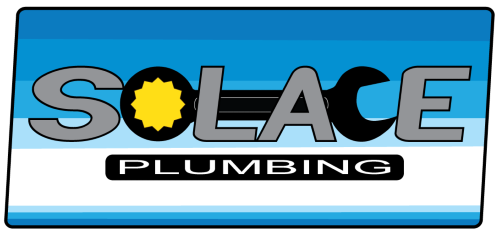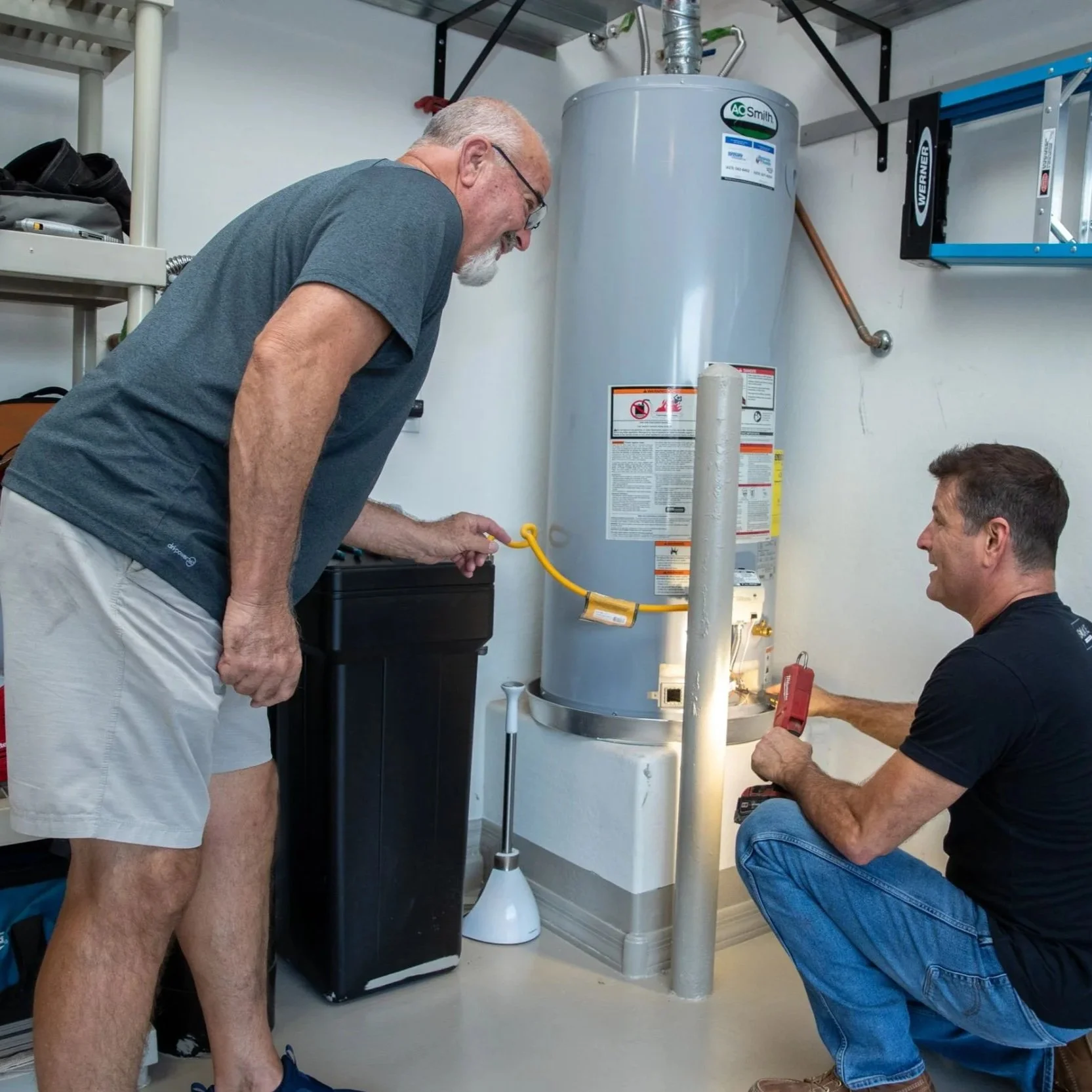The Benefits of Water-Saving Toilets and How to Install Them
With increasing awareness about sustainability and the importance of conserving natural resources, many homeowners are looking for ways to reduce their water consumption.
Water-saving toilets offer a clever solution to rising water costs and environmental concerns. With increasing awareness about sustainability and the importance of conserving natural resources, many homeowners are looking for ways to reduce their water consumption. One of the most straightforward ways to do so is by upgrading to a water-saving toilet. These toilets use notably less water than traditional models, offering a range of benefits for both your budget and the planet.
Why Choose a Water-Saving Toilet?
The benefits of installing a water-saving toilet are hard to overlook. Traditional toilets typically go through around 3.5 and 7 gallons of water per flush, while modern, water-saving toilets use only 1.28 gallons or less. This reduction in water usage adds up over time, leading to considerable savings on your water bill. For a household of four, switching to a low-flow toilet can save up to 16,000 gallons of water annually. When you consider the cost of water per gallon, those savings can really make a difference in the long run.
Lower water bills aren’t the only advantage. Installing a water-saving toilet is a simple yet effective way to contribute to environmental conservation. Reducing the amount of water used in everyday tasks helps to preserve valuable natural resources. By making this switch, you’re doing your part to reduce the strain on local water systems, especially in areas facing drought or water scarcity.
Choosing the Right Water-Saving Toilet
Selecting the right water-saving toilet for your home can be an enjoyable experience with a bit of research. First, consider whether you want a single-flush or a dual-flush system. A dual-flush system allows you to opt over a low flush for liquid waste and a larger flush for solid waste, giving you more control over water usage.
You’ll also want to consider the type of toilet. Water-saving toilets come in various designs, including one-piece, two-piece, and wall-mounted models. One-piece toilets are typically easier to clean and have a sleek, modern look, while two-piece toilets offer flexibility in terms of replacement parts. Wall-mounted toilets can be a great space-saving option, particularly in smaller bathrooms.
Another important factor is the toilet’s flushing performance. While water-saving toilets use less water, they still need to effectively clear waste. Keep an eye out for models that are certified by the EPA’s WaterSense program. WaterSense toilets meet strict performance and efficiency standards, making them a reliable choice for any household.
How to Install a Water-Saving Toilet
Installing a water-saving toilet is relatively simple for experienced DIYers, but for the best results, you may want to hire a professional plumber. Having a plumber handle the installation guarantees that the toilet is installed correctly and functions as intended. The installation process typically involves removing the old toilet, replacing the wax ring, and hooking up the new toilet to the water supply.
Before you begin, make sure the area around the toilet is clear and that the water supply is turned off. If you’re installing a new toilet where one didn’t exist before, additional plumbing work may be necessary. In such cases, it’s always best to consult a professional. While some water-saving toilets are easier to install than others, it’s crucial that the installation is done properly to avoid any leaks or performance issues down the road.
Once the toilet is installed, make sure to test it for proper functionality. Check the flush performance to verify that it’s using less water while still doing a thorough job of clearing waste. If everything checks out, you’re all set to enjoy your new, water-efficient toilet.
Maintaining Your Water-Saving Toilet
To keep your water-saving toilet functioning at its best, regular maintenance is key. These toilets are built to last, but like any plumbing fixture, they benefit from a little attention every now and then. Clean the toilet regularly with non-abrasive cleaners to avoid damaging the surface and to maintain its appearance. For the best results, try to steer clear of harsh chemicals that could wear down the internal components of the toilet.
Check for leaks around the base or tank. A leaking toilet can waste both water and money. If you notice any issues, it’s a good idea to address them promptly. It’s also important to keep an eye on the flush performance. If your toilet begins to flush weakly or struggles to clear waste, the flush valve or flapper may need to be replaced. These small repairs can restore the toilet’s efficiency without needing a full replacement.
Why Water-Saving Toilets Are a Smart Investment
Water-saving toilets offer significant savings over time, especially when you consider their lower water usage and long-lasting performance. While the initial cost may seem higher than that of a traditional toilet, the savings on your water bill can more than make up for the difference. If you live in an area where water conservation is important, such as regions affected by drought, a water-saving toilet can be an even more attractive option.
On top of the financial and environmental benefits, water-saving toilets come with the added bonus of modern features that can enhance your bathroom’s overall design. Whether you prefer a sleek one-piece design or a dual-flush system that offers more flexibility, there’s a water-saving toilet to suit every need and style.
Conclusion
Switching to a water-saving toilet is an easy and effective way to lower your water bill while contributing to environmental conservation. By selecting the right toilet, handling the installation carefully, and performing regular maintenance, you can enjoy the benefits of a water-efficient toilet for years to come. If you’re looking for a simple way to save water, money, and make your home more sustainable, installing a water-saving toilet is a step in the right direction.

